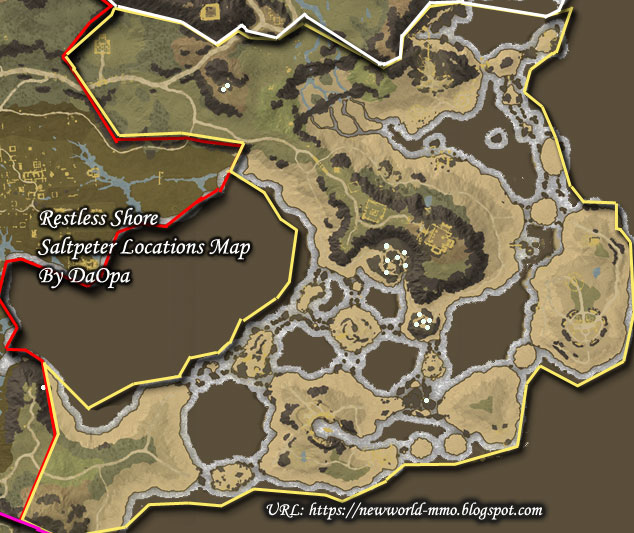

Operators then gathered the resulting powder and transported it to be concentrated by ebullition in the boiler plant. The process involved burial of excrements (human or animal) in a field beside the nitraries, watering them and waiting until leaching allowed saltpeter to come to the ground surface by efflorescence. Potassium nitrate was produced in a nitrary. Traditionally, guano was the source used in Laos for the manufacture of gunpowder for Bang Fai rockets. Extraction is accomplished by immersing the guano in water for a day, filtering, and harvesting the crystals in the filtered water. Major natural sources of potassium nitrate were the deposits crystallizing from cave walls and the accumulations of bat guano in caves. Īt least as far back as 1845, nitratite deposits were exploited in Chile and California. The terminology used by al-Rammah indicated the gunpowder he wrote about originated in China. This was used for the manufacture of gunpowder and explosive devices. In this book, al-Rammah describes first the purification of barud (crude saltpeter mineral) by boiling it with minimal water and using only the hot solution, then the use of potassium carbonate (in the form of wood ashes) to remove calcium and magnesium by precipitation of their carbonates from this solution, leaving a solution of purified potassium nitrate, which could then be dried. Saltpeter finds mention in Kautilya's Arthashastra (compiled 300BC - 300AD), which mentions using its poisonous smoke as a weapon of war, although its use for propulsion did not appear until medieval times.Ī purification process for potassium nitrate was outlined in 1270 by the chemist and engineer Hasan al-Rammah of Syria in his book al-Furusiyya wa al-Manasib al-Harbiyya ( The Book of Military Horsemanship and Ingenious War Devices). In Ancient India, saltpeter manufacturers formed the Nuniya & LabanaĬaste. See also: Nitre § Availability From mineral sources It was called "Chinese salt" by the Iranians/Persians or "salt from Chinese salt marshes" ( Persian: نمک شوره چينی namak shūra chīnī). The Arabs called it "Chinese snow" ( Arabic: ثلج الصين thalj al-ṣīn). By the 15th century, Europeans referred to it as saltpetre, specifically Indian saltpetre (sodium nitrate is chile saltpetre) and later as nitrate of potash, as the chemistry of the compound was more fully understood. Thence Old French had niter and Middle English nitre. Īs for nitrate, Hebrew and Egyptian words for it had the consonants n-t-r, indicating likely cognation in the Greek nitron, which was Latinised to nitrum or nitrium. This refers to an early method of extracting various potassium salts: by placing in an iron pot the ash of burnt wood or tree leaves, adding water, heating, and evaporating the solution. The chemical potassium was first isolated by the chemist Sir Humphry Davy, from pot ash. Potash, or potassium nitrate, because of its early and global use and production, has many names. In processed meats, potassium nitrate reacts with hemoglobin and myoglobin generating a red color. It is one of the major constituents of gunpowder (black powder). Major uses of potassium nitrate are in fertilizers, tree stump removal, rocket propellants and fireworks. Potassium nitrate is one of several nitrogen-containing compounds collectively referred to as saltpeter (or saltpetre in the UK). It is a source of nitrogen, and nitrogen was named after niter. It occurs in nature as a mineral, niter (or nitre in the UK). It is an ionic salt of potassium ions K + and nitrate ions NO 3 −, and is therefore an alkali metal nitrate. Potassium nitrate is a chemical compound with a sharp, salty, bitter taste and the chemical formula K N Oģ.


 0 kommentar(er)
0 kommentar(er)
